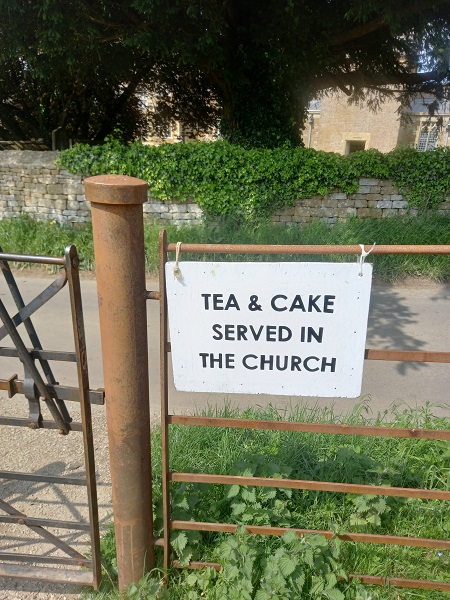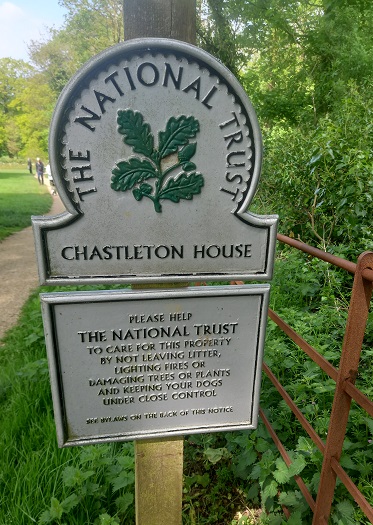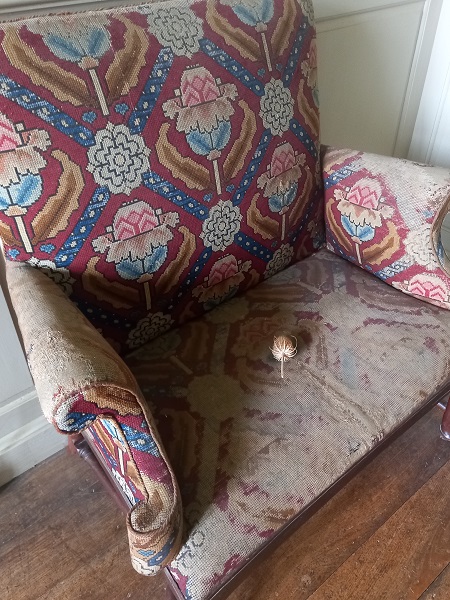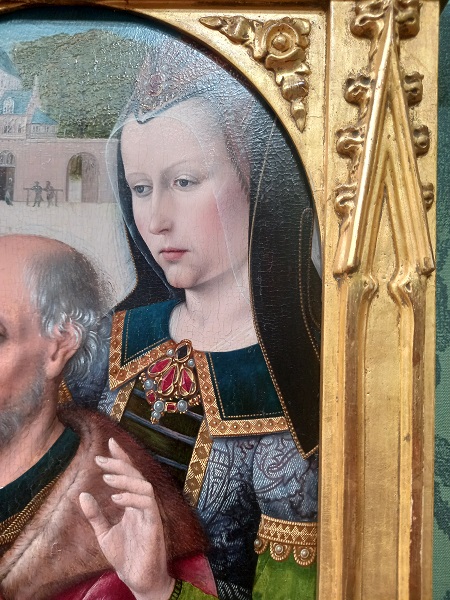It is definitely true that often we need to go away, or step back, to really understand and appreciate things. My life now gives me much more time, and distance, and as I travel more, I get to really think about all of the similarities and differences in each place.
One of the exercises I used to do with my teacher trainee students, many of whom were migrants to the UK, was to get them to think about things that define being British, and within that specific things for each country within the UK. Many of them would be teaching migrants, and often teaching them how to pass the UK citizenship test, which contains lots of questions about life in the UK. They used to come up with all sorts of answers, like fish and chips, the Union flag, bulldog spirit etc, and it was always a fun and useful exercise to get them talking about their home, and how it differed from where they grew up.
As I mentioned in my last post, the Cotswolds is an area that many people feel exemplifies England, the cottages, the farmland etc. It was while I was visiting one of the Trust houses there that I came across this sign, which to me just typifies one of the joys of English life.
It conjures up a whole host of images, the parish church, flower festivals, the UK’s love of a good cuppa, our habit of, ‘putting the kettle on’, whenever there is a crisis or an awkward situation to deal with. The tea and cake in question was served from the church next to Chastleton, arguably one of the most beautiful houses I have ever visited, just stunning.
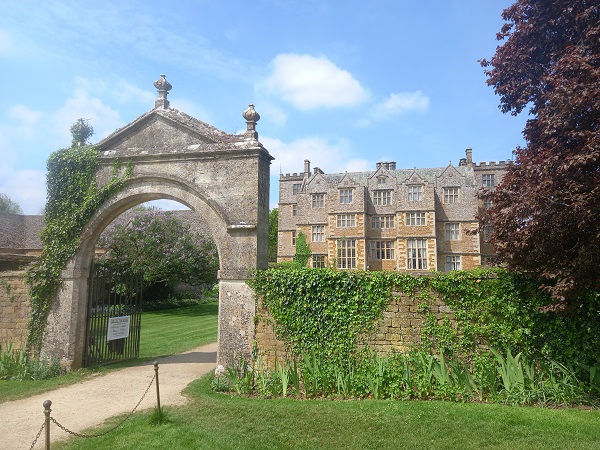
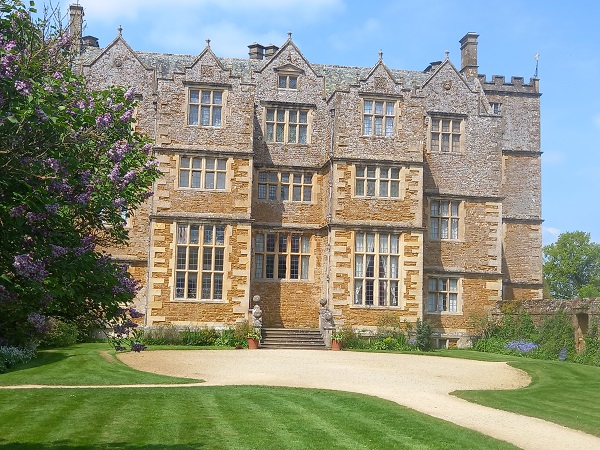
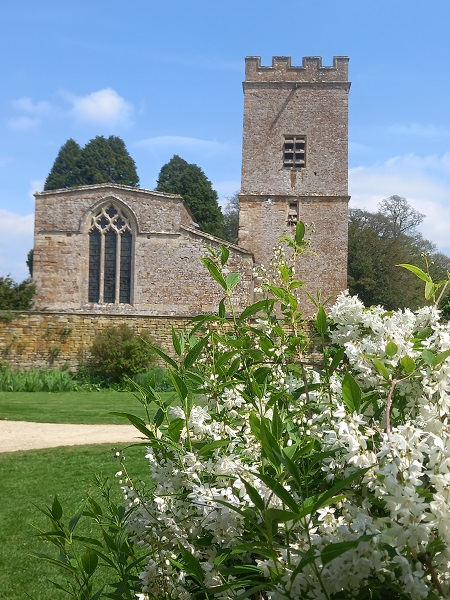
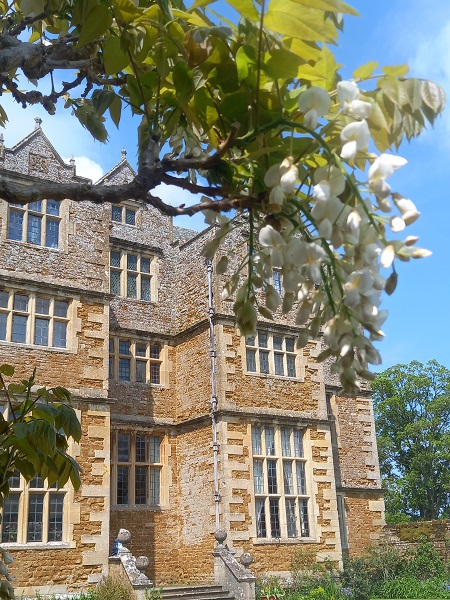
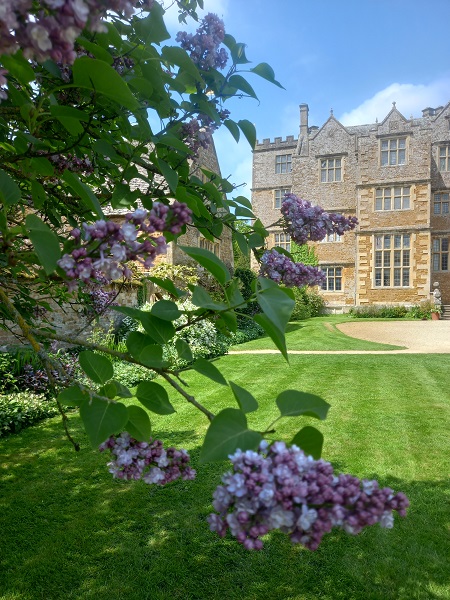
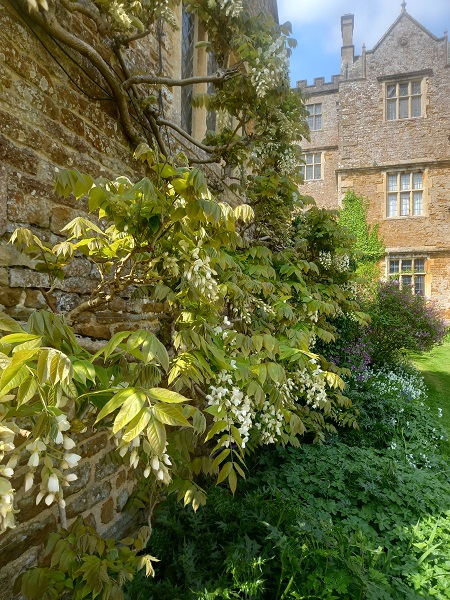
I love the old Trust property signs as well, so glad that so many of them have been kept.
There was a lovely walk through the grounds down from the car park, with lots of cute lambs sunning themselves.
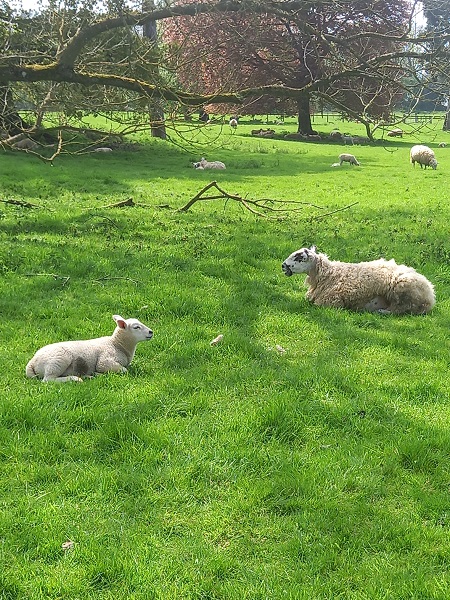
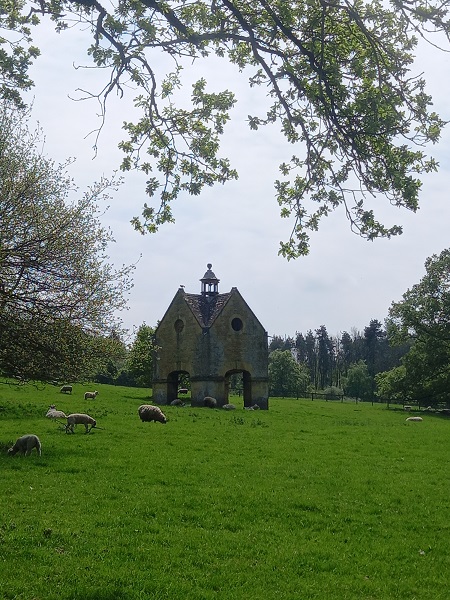
The refreshments were being organised by volunteers from the local primary school, and all profits went to the school, so it was a lovely way of meeting the need for a tea room, and supporting a good cause. I do usually partake of tea and a scone at Trust properties, but this time had an excellent coffee and walnut cake.
Chastleton is one of the Trust properties that has not been restored, things have been fixed to stop further damage, but like Calke Abbey and other places, the property was in too much of a state of decay when it passed to the Trust in 1991. It was owned by branches of the same family throughout its history, although it was rented out at times, and thus refurbished a little. It is portrayed as it was when the last owner lived there, Barbara Clutton – Brock, who after her husband died in 1976, spent 15 years living there, alone apart from her 20 cats and a parrot.
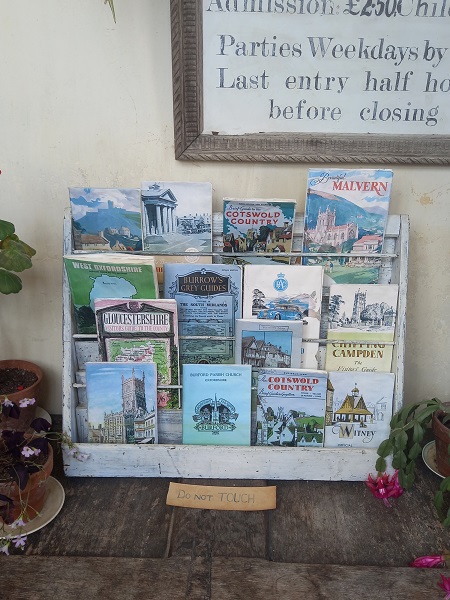
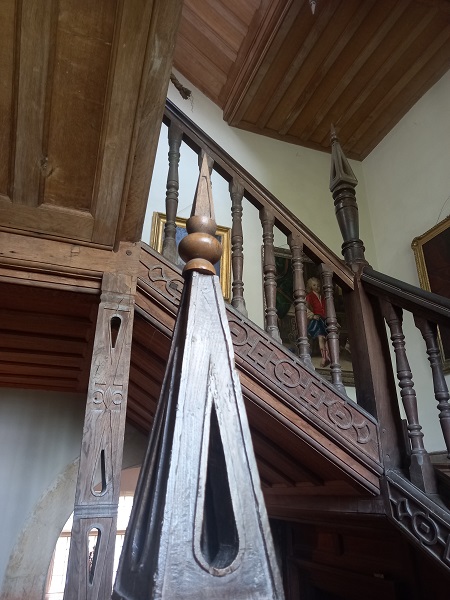
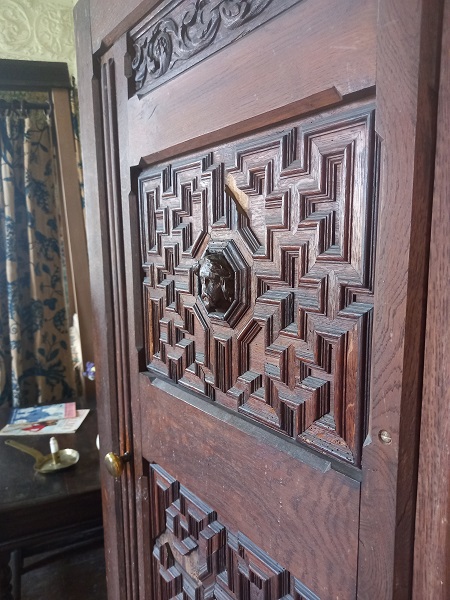
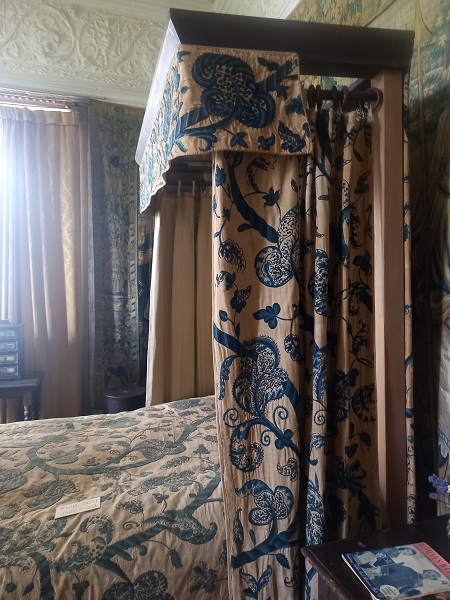
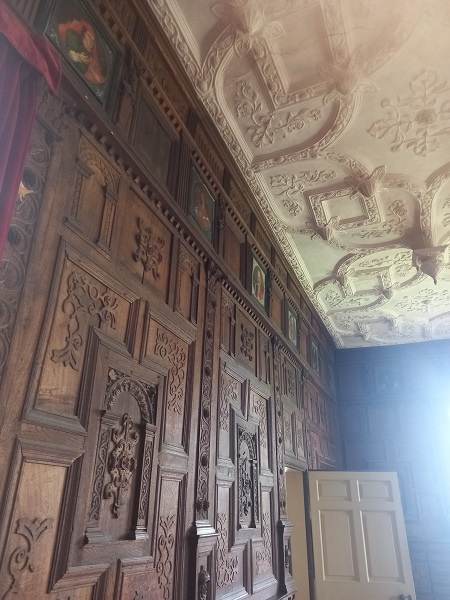
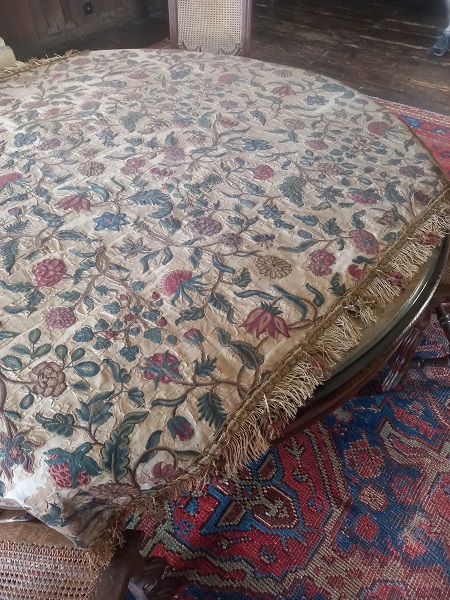
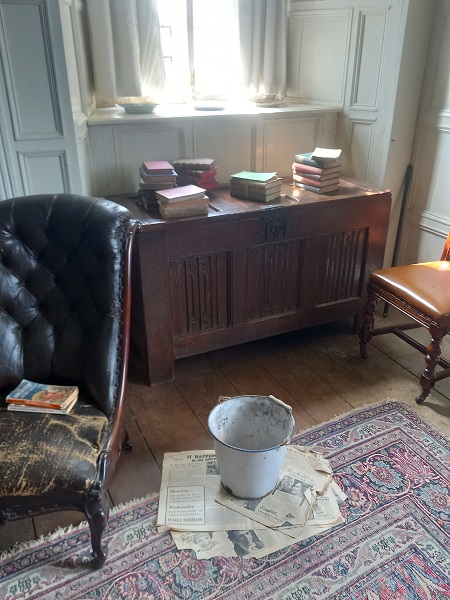
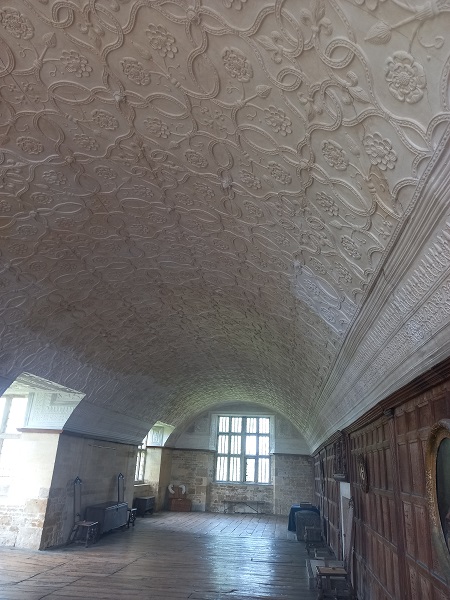
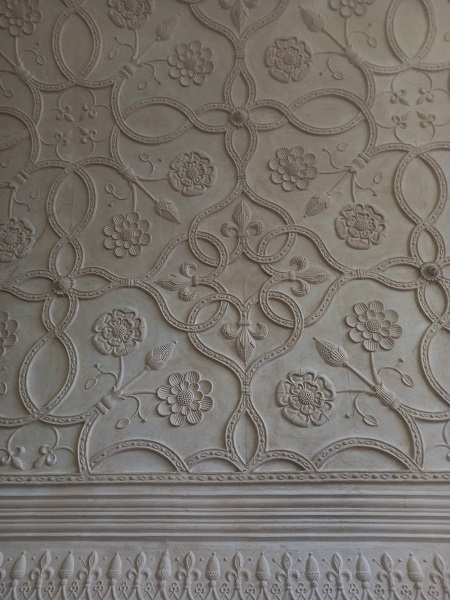
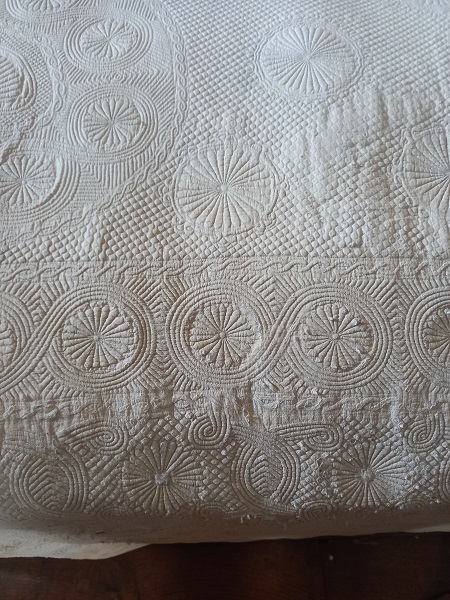
The house dates from the early 1600s, so is full of wonderful Tudor architecture, including a barrel ceilinged upper chamber. However, again, it is the touches like the wool quilt, made of scraps to keep the occupant of the bedroom hung with fine tapestries warm, and the bucket to collect the drips from the leaking ceiling, that bring life in the house to reality.
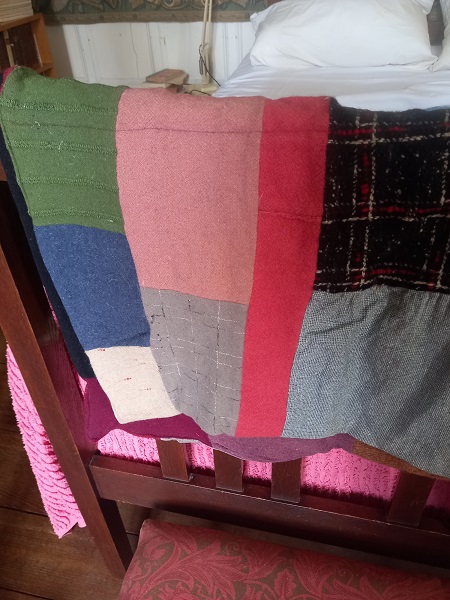

I love the fact that this chair was so well used that most of the needlepoint has worn away.
The rest of the week was very warm, as I have previously mentioned, so I spent some time just going for shady walks to admire the beautiful countryside, and the carpets of bluebells throughout the woods. Despite the fact that I have so many other places to visit, I would love to come back to this area again, there are still so many lovely things to see here.
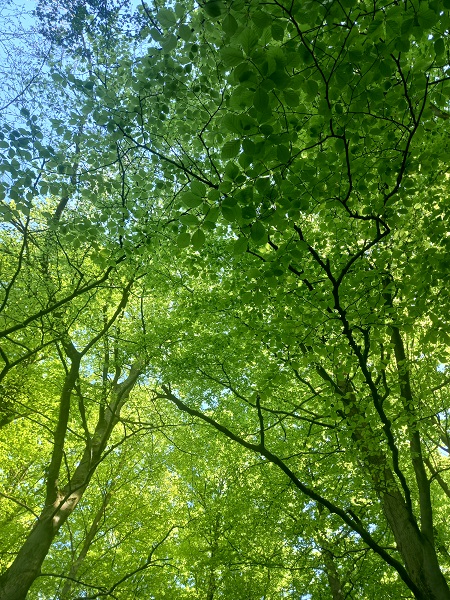
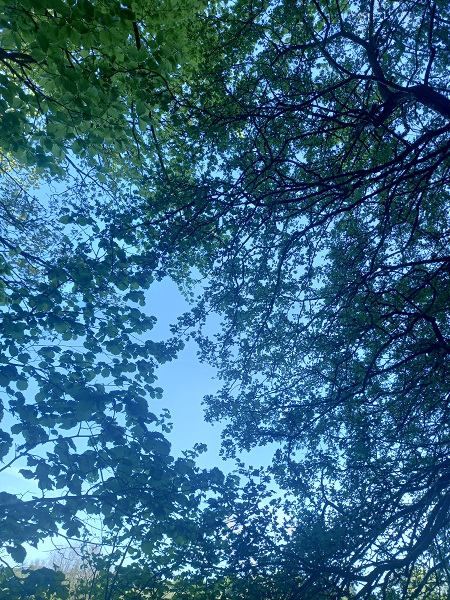
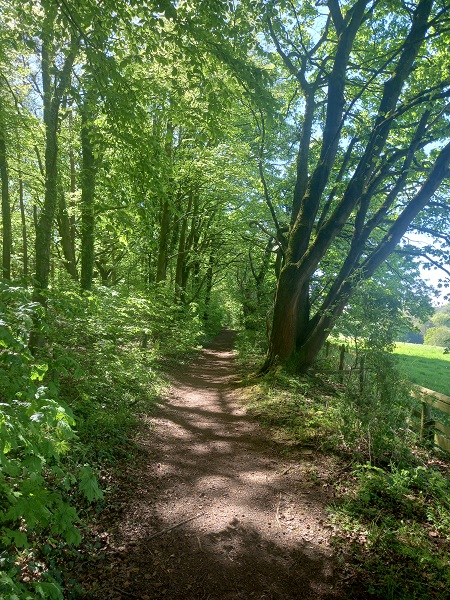
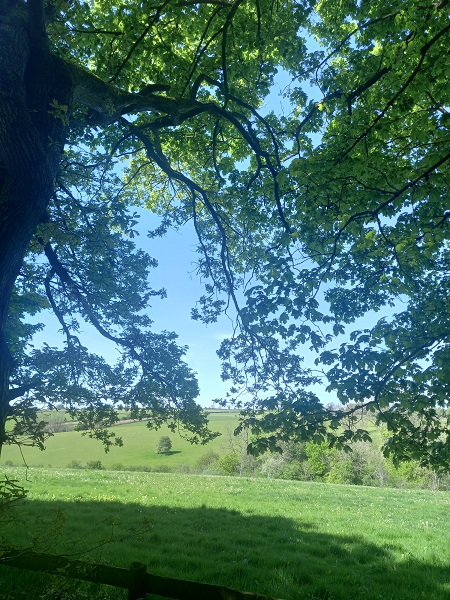
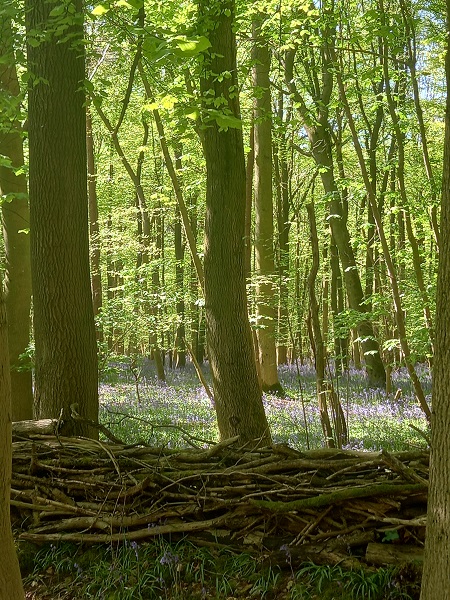
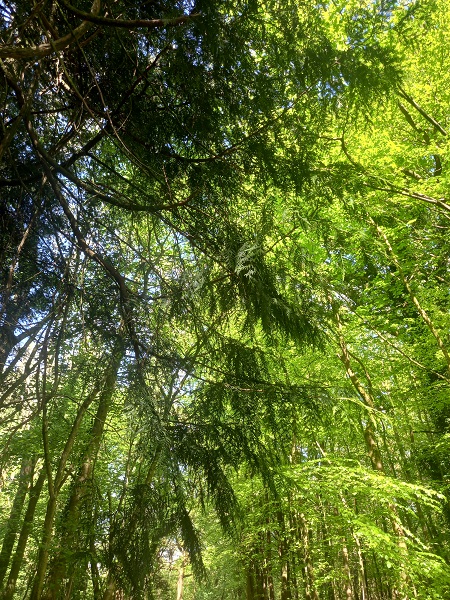
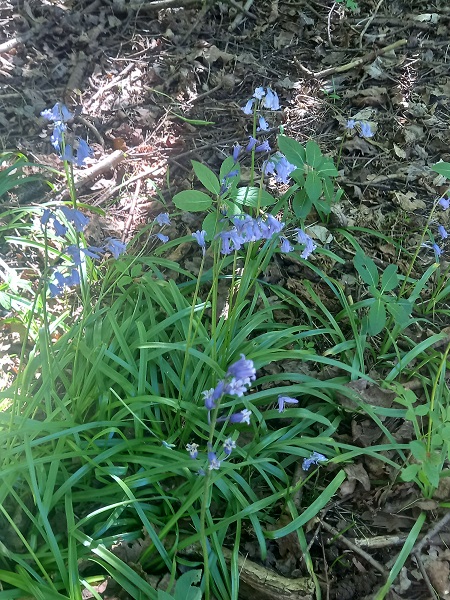
On the journey back to Ellen’s, before my flight home to Spain, I was able to stop off at two further Trust Properties. Upton House, in Warwickshire, is a Georgian house, which was extended and remodelled in the 1930s by a member of the Shell Oil family, Walter Samuel. It was one of many houses that the family owned, and was used to house his extensive collection of art.
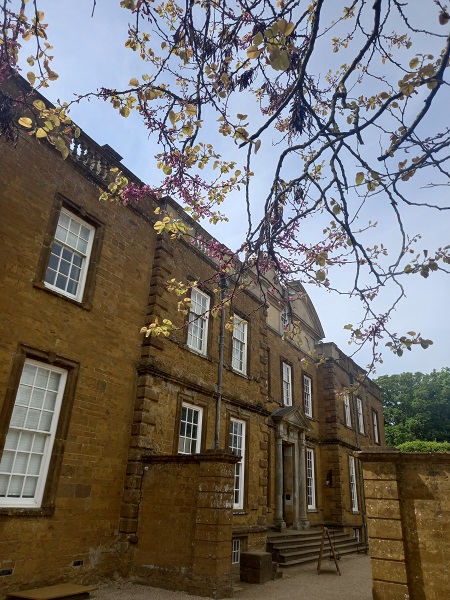
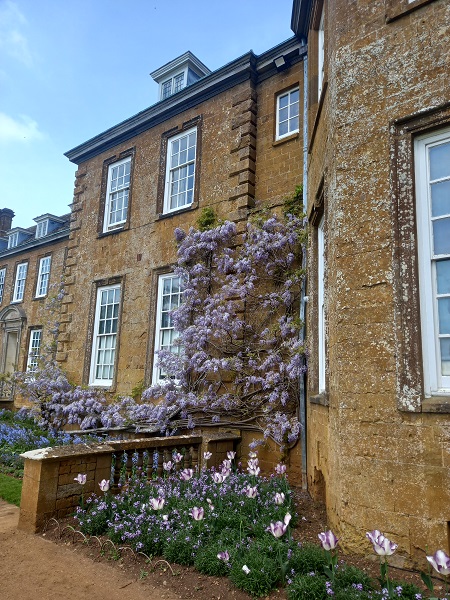
One of the interesting facts I found out here, was that the Shell Oil company started out as a curios business, importing shells and decorative objects that the Victorians loved. Apologies for the poor picture, but you can see one of these in a cabinet in the photos below.

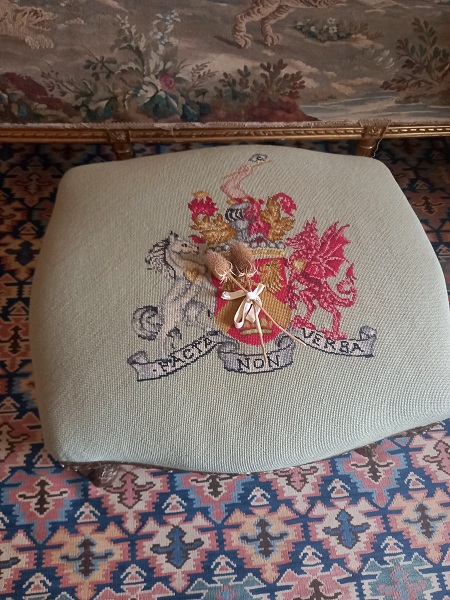
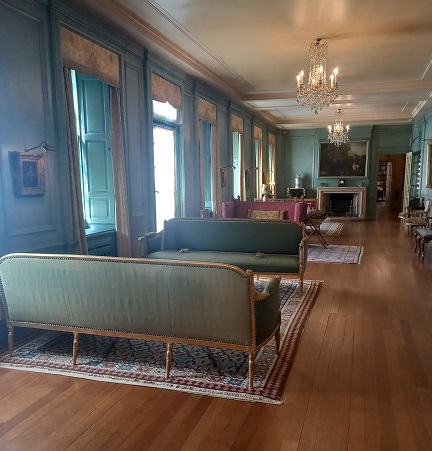
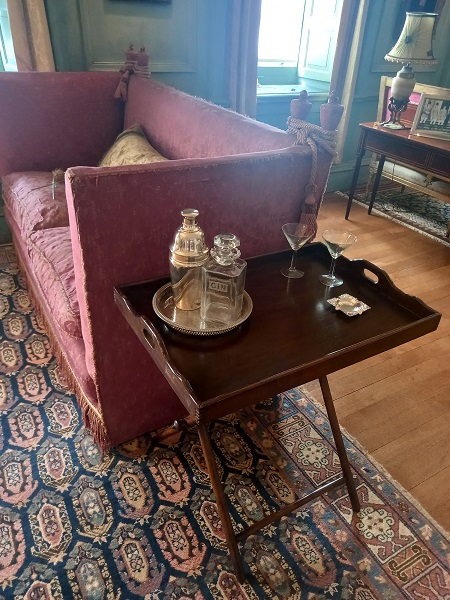
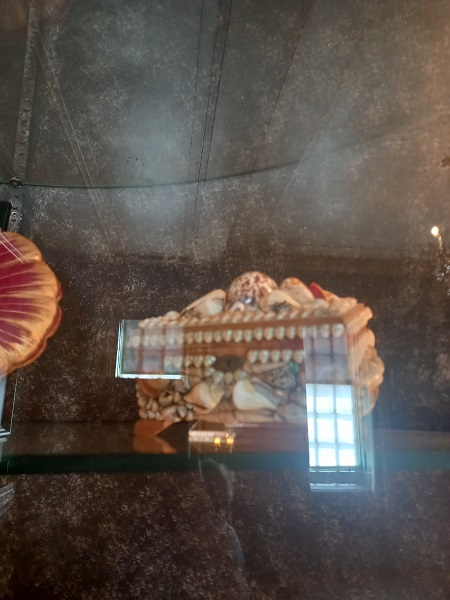
Of particular interest to me were all of the gorgeous medieval and Tudor era pictures in one of the galleries. I was talking to one of the volunteers about how we use these for costume research for re-enactment.
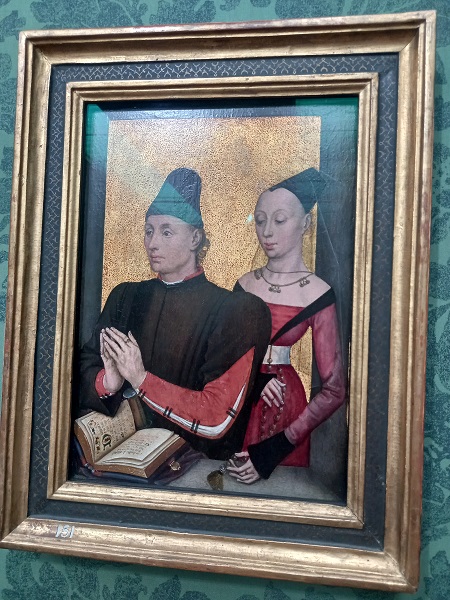
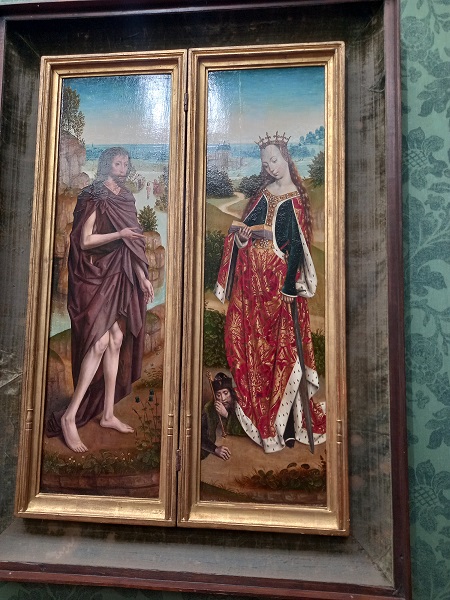
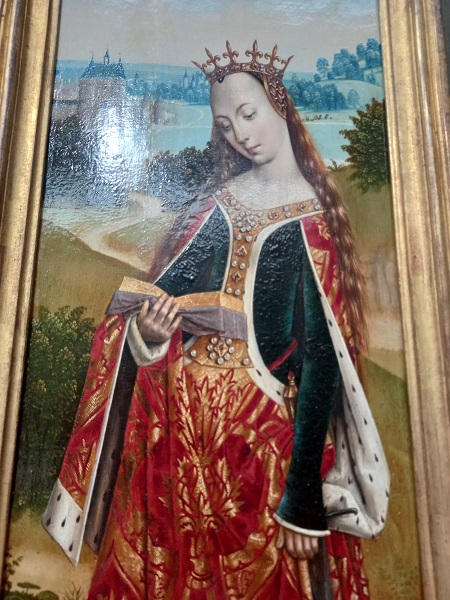

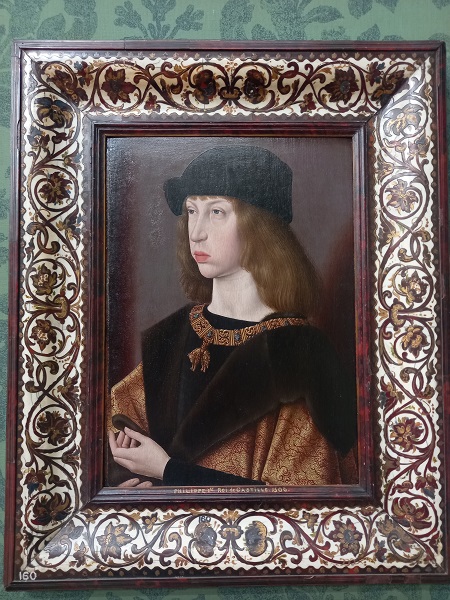
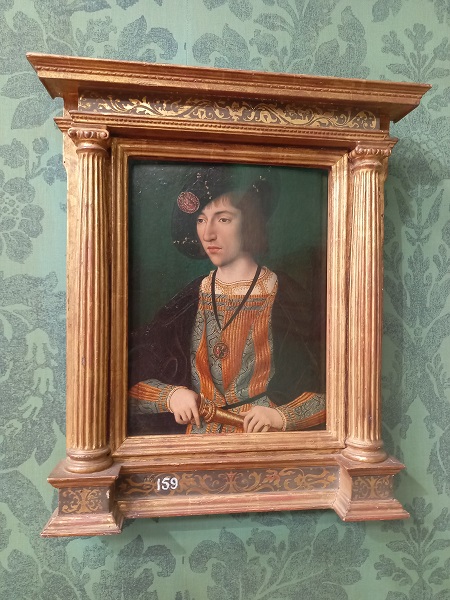

This dress in particular has a really unusual neckline and jewellery. The painting dates from the late 1400s.
My last house of the week was another gorgeous Tudor one, that has remained in the same family for all of its 400 years. Canons Ashby in Northamptonshire was built by the Drydens, and has one of best plaster ceilings I have ever seen, especially for small house. There were also some really unusual wall painting in one of the bedrooms, and restored heraldic painting in the servants hall.
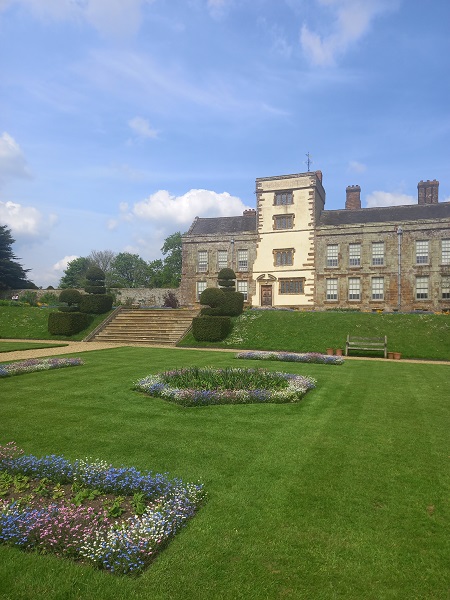

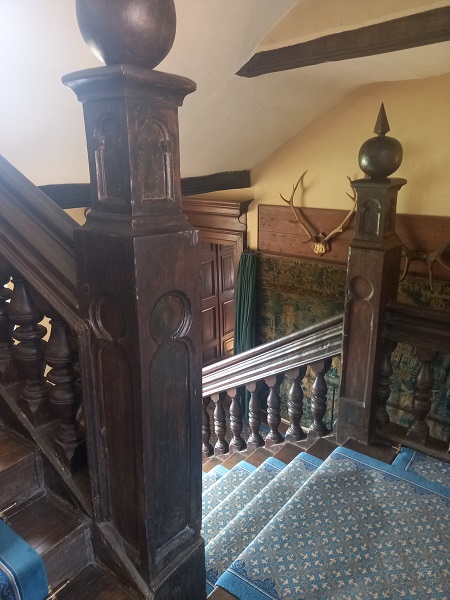
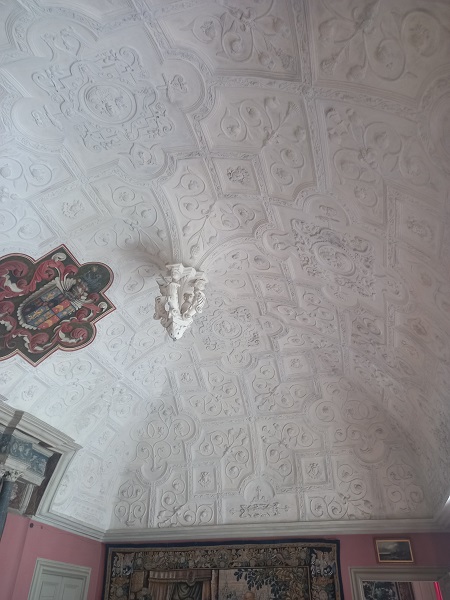

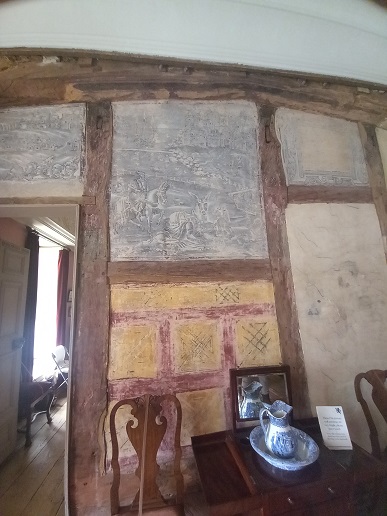
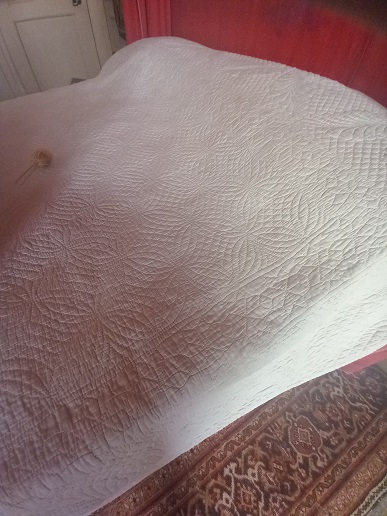
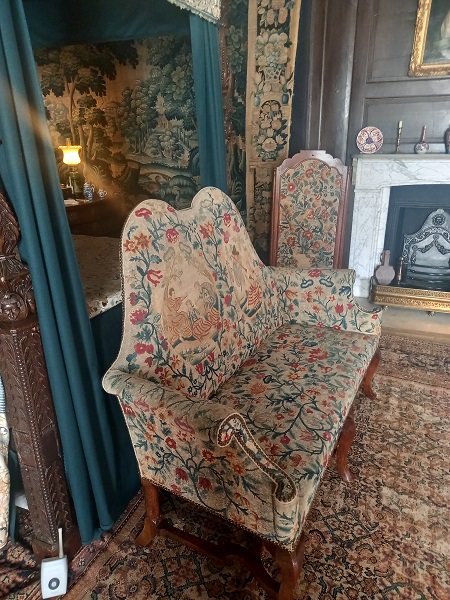
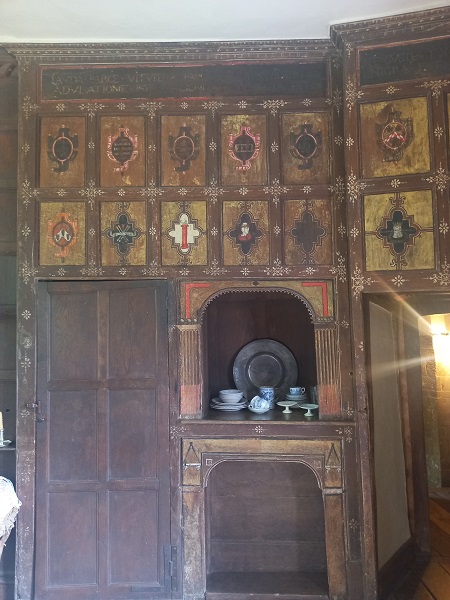
I have made a list of all the Trust properties that I have ever visited, I am now up to 95, out of over 500, so it will take me a while to see them all. These include the nature reserves and coastal areas as well. I believe that I get excellent value from my membership, and absolutely love exploring all of these places. There is always something unexpected at every property, whether it be needlework or some fascinating fact.
I have now caught up with all of the travel posts from 2024, so now it is time to catch up with the last of Cordoba, and life here in Spain, before my travels start again in a couple of weeks. Until next time then, have fun, take care, stay safe and thanks for visiting.

